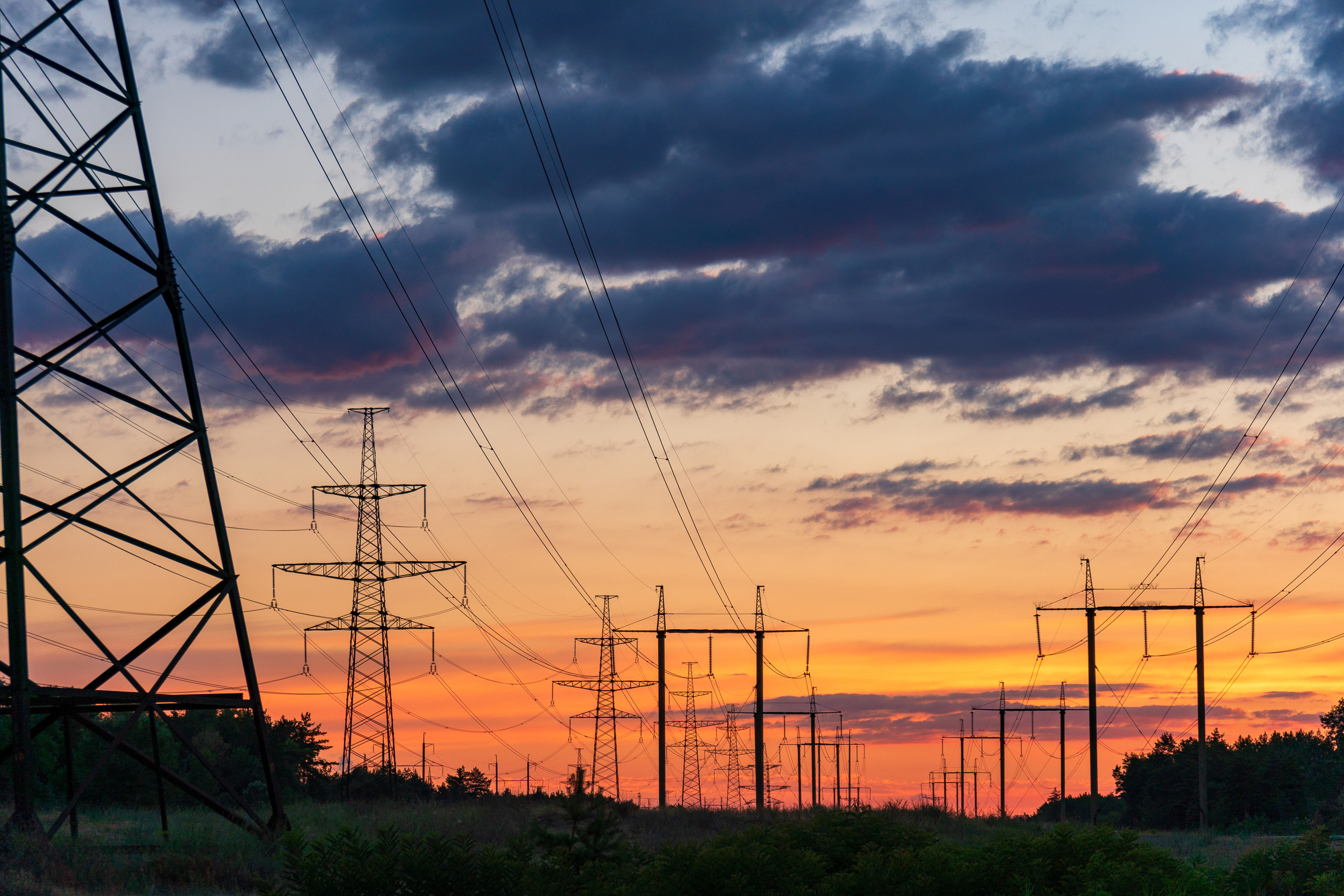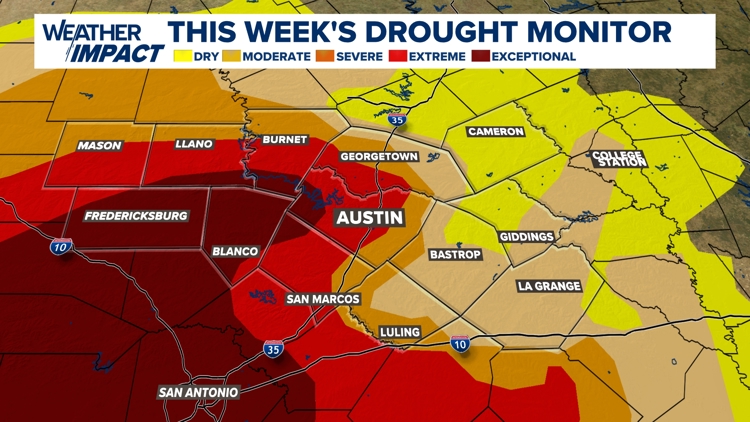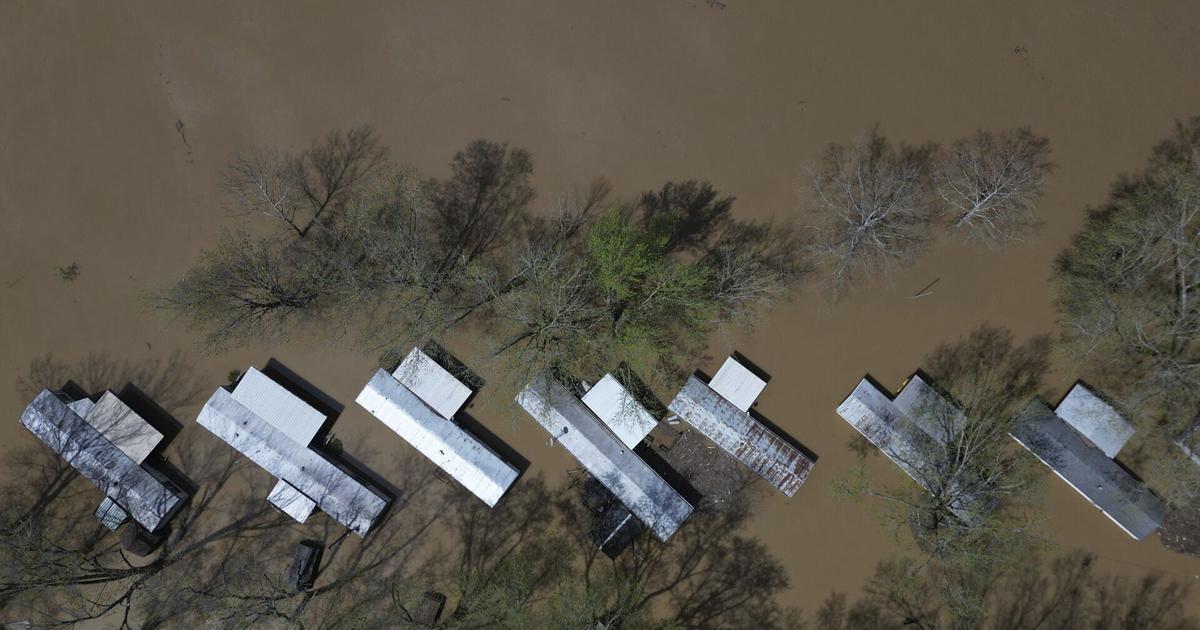BY THE OPTIMIST DAILY EDITORIAL TEAMIn a decade, Kenya has more than doubled its electricity access rate — rising from just 37 percent in 2013 to 79 percent in 2023 — and it’s not stopping there. According to the International Energy Agency’s (IEA) latest Energy Policy Review, the country is on a clear path to reaching full electricity access by 2030.Urban areas have already achieved complete access, but the real transformation is happening in rural communities, where efforts like the Last Mile Connectivity Project (LMCP) have connected over nine million people to the grid since 2015.
An additional 280,000 households are expected to be brought online by the end of this year.This isn’t just about flipping a switch — it’s about powering homes, businesses, schools, and clinics. It’s about possibility.

Solar power shines in rural KenyaKenya’s clean energy push isn’t just grid-deep. The country is a leader in off-grid solar solutions, especially in East Africa. In fact, Kenya accounted for nearly 75 percent of the region’s solar home system sales in 2023.
Today, one in five households uses solar-powered mini-grids or standalone systems — a testament to the country’s commitment to inclusive, renewable electrification. These off-grid systems bring light and energy to places where traditional infrastructure might take years to reach.Clean energy leads the wayNearly 90 percent of Kenya’s electricity comes from renewable sources — a figure that puts the nation among global leaders in green power.
Geothermal, hydro, wind, and solar energy form the backbone of this transformation.The Lake Turkana Wind Project, Africa’s largest wind farm, and the country’s cost-effective geothermal developments now provide nearly one-third of national power.Kenya is also working to expand access to clean cooking.
In 2013, just 10 percent of the population had access to clean cooking options. Today, that number has climbed to over 30 percent, with a goal of reaching full access by 2028, outlined in the Kenya National Cooking Transition Strategy.Policy paving the pathDriving this progress is a strong national policy framework.
Kenya is currently updating its National Energy Policy for 2025–2034, with input from the IEA and other key partners.New 2024 regulations are also inviting private investment into the country’s electricity transmission and distribution systems, helping modernize the grid and meet growing demand. While the national grid still faces challenges — including power losses and regulatory coordination — smart grid technologies and upgraded systems are part of the plan to address them.
Despite these hurdles, the IEA is optimistic. With a clear policy vision and an emphasis on renewables, Kenya is poised to achieve its energy access goals — and bring a brighter, cleaner future to millions more.The post Kenya on track for universal electricity access by 2030, powered by clean energy and community reach first appeared on The Optimist Daily: Making Solutions the News.
.
Environment

Kenya on track for universal electricity access by 2030, powered by clean energy and community reach

BY THE OPTIMIST DAILY EDITORIAL TEAM In a decade, Kenya has more than doubled its electricity access rate — rising from just 37 percent in 2013 to 79 percent in 2023 — and it’s not stopping there. According to the International Energy Agency’s (IEA) latest Energy Policy Review, the country is on a clear path [...]The post Kenya on track for universal electricity access by 2030, powered by clean energy and community reach first appeared on The Optimist Daily: Making Solutions the News.















